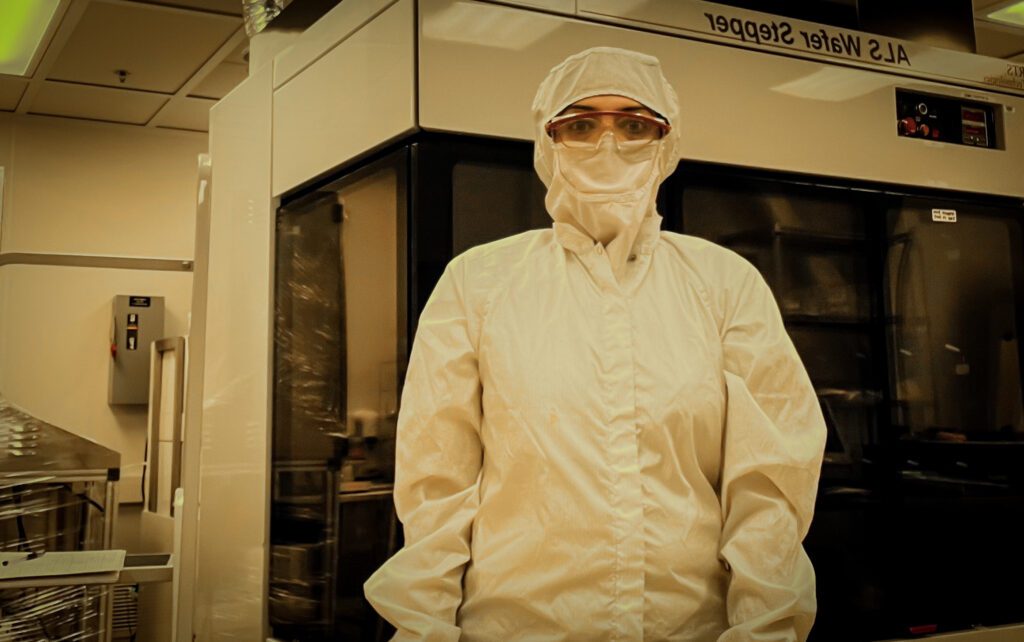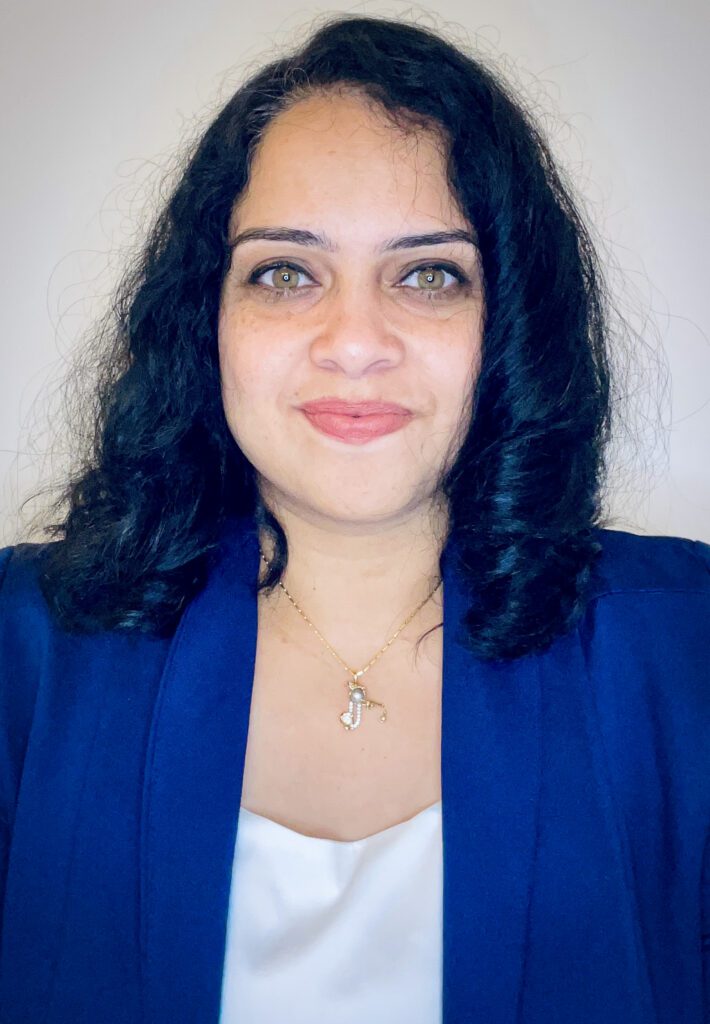The path to earning a Ph.D. never takes a straight line. Still, the journey for Lavanya Muthusamy didn’t just have twists and turns – it disappeared completely somewhere over the Atlantic Ocean, only to be rediscovered among the towering oak trees and neatly manicured lawns of the Clemson University campus.
Muthusamy’s voyage began in a small town in Tamil Nadu, a state in the southernmost tip of India. The third of six children, Muthusamy’s parents strongly emphasized education and personal discipline.
“Growing up in that environment taught me the power of perseverance, and it deeply shaped my academic and personal values,” she says.

The work ethic instilled in her by her parents has served her well.
Her father worked as an electrician, which led Muthusamy to develop a passion for electronics early in life. She earned a bachelor’s degree in electronics and communication engineering and a master’s in embedded systems technology in 2009 and 2014, respectively, from Anna University, the most prestigious engineering school in southern India. She planned to keep progressing academically and earn a Ph.D., but love, marriage, and motherhood sent her on an unexpected detour.
“After getting married and moving to the United States in 2014, I found myself in a completely new world, with a young daughter who needed early speech support and no clear path forward in my career,” says Muthusamy. “But something in me refused to give up.”
In 2019, Muthusamy began volunteering at Clemson’s Nanoscale and Sensors Lab, not as a student but simply to stay engaged in a research environment. At the time, her primary focus was caring for her daughter, who was a toddler, but the decision to spend some time in a lab with people who shared the same passion was pivotal for her.
Faculty at Clemson recognized her dedication and potential and encouraged her to pursue formal research. Their support reignited her academic ambitions, and in 2020, when her daughter was just six years old, she applied and was accepted to Clemson’s doctor of electrical engineering program.
“I began my Ph.D. journey in the middle of a global pandemic, when the world felt uncertain, and so did I,” she says. “Coming back to school as an immigrant was both terrifying and empowering. Every day, I drove two hours to the lab. There were nights without sleep, balancing assignments, research deadlines, caregiving, and journal writing. When my daughter was sick, I still had to catch up on coursework and lab experiments. Mentally and physically, it was exhausting, but I never gave up.”
She says Clemson became more than just an academic institution to her during those challenging years.
“It became a place of rediscovery, transformation, and growth,” she says. “Despite the challenges of commuting long distances and balancing motherhood with intense research work, the encouragement from faculty and access to world-class resources helped me thrive. Clemson gave me the opportunity to reimagine my future.”
Muthusamy’s history of excelling as a student carried into her time at Clemson. While still a doctoral candidate, she published a dozen peer-reviewed articles in high-impact journals including Materials and Design, ACS Materials and Interfaces, and ACS Photonics, and presented her work at five international conferences.

“Lavanya’s journey at our research lab has been truly remarkable,” says Goutam Koley, the Samuel R. Rhodes Professor in the Holcombe Department of Electrical and Computer Engineering. “She displayed a rare combination of academic merit, determination to succeed, and an even temperament to meet and overcome challenges, which I am sure will serve her well in her future endeavors. She is one of the best graduate students I have mentored, and her accomplishments are a testimony to that.”
Muthusamy’s ambition made her stand out among her peers. She was offered an internship and ultimately a full-time job as a process development engineer at Texas Instruments nearly a year before she graduated. There, she focuses on developing and integrating advanced semiconductor devices and technologies.
After graduation, she hopes to apply the research skills and technical knowledge she gained earning her Ph.D. to solve real-world challenges in the semiconductor industry. Beyond that, she plans to mentor young engineers, especially women in STEM and international students who may be navigating similar challenges to the ones she faced.
“In the long term, I hope to grow into a leadership role where I can contribute both technically and as a mentor, helping to shape the next generation of innovators,” she says. “I hope my story resonates with others, especially women, mothers, and immigrants in STEM, who wonder if their dreams can coexist with their responsibilities. I am living proof that they absolutely can.”

